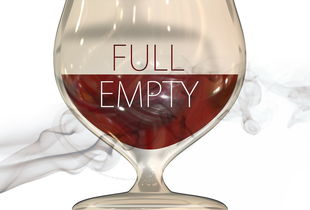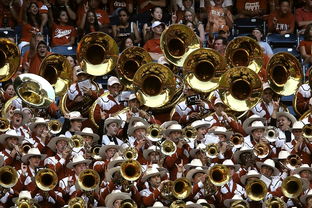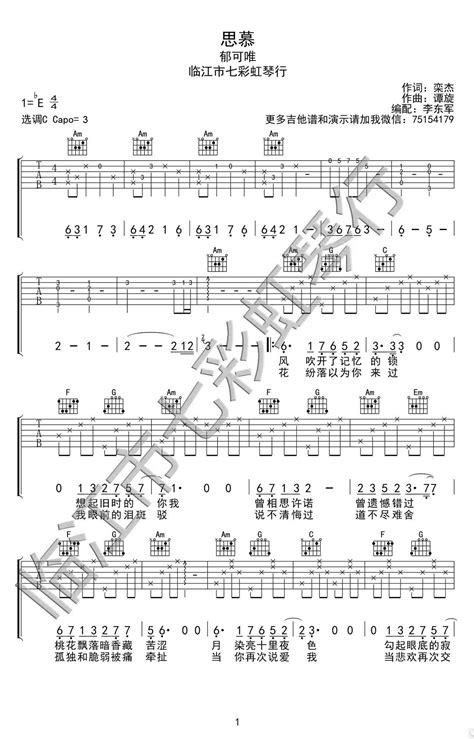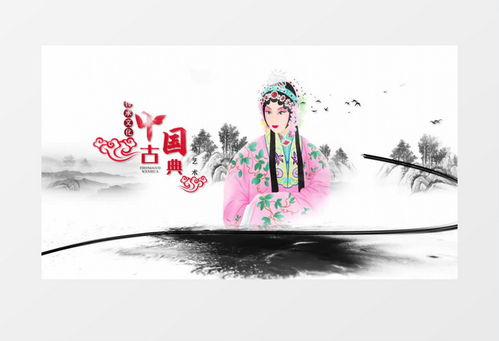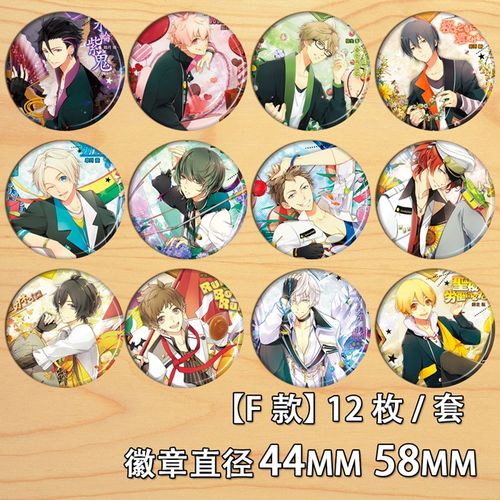Creating a Delectable Designer Food Website
In the realm of culinary delights, presentation is paramount. Just as a chef meticulously crafts each dish, a designer must artfully construct every aspect of a food website to tantalize the senses and captivate the audience. Let's delve into the key elements required to craft a visually stunning and functionally seamless designer food website.
1. Visual Aesthetics
*Color Palette*
Select a color scheme that complements the essence of gourmet dining. Earthy tones like deep browns, rich greens, and creamy whites evoke feelings of freshness and sophistication. Accent colors like gold or burgundy can add a touch of luxury.
*Imagery*
Highresolution images are the heart and soul of a food website. Showcase tantalizing photographs of sumptuous dishes, ingredients, and culinary processes. Embrace minimalistic design elements to ensure that the focus remains on the food itself.
*Typography*
Choose elegant fonts that are easy to read and reflect the brand's personality. Pair a sophisticated serif font for headings with a clean, sansserif font for body text. Experiment with font sizes and styles to create visual hierarchy and enhance readability.
2. User Experience (UX)
*Intuitive Navigation*
Design a userfriendly interface that allows visitors to effortlessly explore the website. Implement a clear navigation menu with logical categories such as "Recipes," "Blog," "About Us," and "Contact." Incorporate breadcrumbs and search functionality for enhanced navigation.
*Responsive Design*
Ensure that the website is fully responsive across various devices and screen sizes. Optimize images and content to load quickly on both desktop and mobile platforms. Test the website extensively to guarantee a seamless user experience regardless of the device used.
3. Engaging Content
*Compelling Storytelling*
Craft compelling narratives around the culinary journey, from sourcing fresh ingredients to the art of plating. Share anecdotes, chef profiles, and behindthescenes glimpses to foster a deeper connection with the audience.
*Interactive Elements*
Integrate interactive features such as cooking tutorials, recipe generators, or virtual cooking classes to engage visitors and encourage participation. Incorporate usergenerated content, such as reviews and comments, to foster a sense of community.
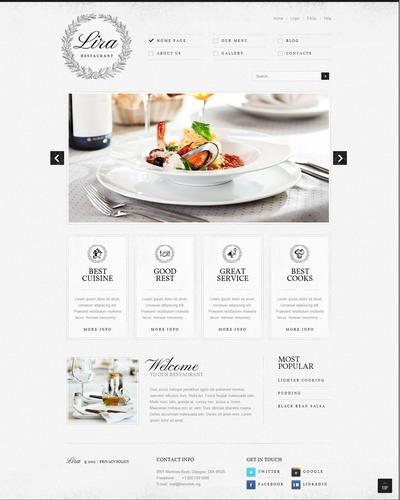
4. Ecommerce Integration (Optional)
*Online Store*
If offering products such as specialty ingredients, cookware, or branded merchandise, seamlessly integrate an ecommerce platform into the website. Implement secure payment gateways and intuitive checkout processes to streamline transactions.
*Personalized Recommendations*
Utilize data analytics to provide personalized recommendations based on user preferences and browsing history. Implement features such as "Frequently Bought Together" or "Recommended for You" to enhance the shopping experience.
5. Optimization and Performance
*Search Engine Optimization (SEO)*
Optimize the website for search engines by incorporating relevant keywords, meta tags, and descriptive alt texts for images. Create compelling meta titles and descriptions to improve visibility and drive organic traffic.
*Performance Optimization*
Optimize website performance by minimizing page load times, compressing images, and leveraging caching techniques. Implement lazy loading for images and asynchronous loading for scripts to enhance speed and responsiveness.
6. Social Media Integration
*Social Sharing Buttons*
Integrate social sharing buttons on recipe pages and blog posts to encourage visitors to share content across various social media platforms. Foster a sense of community by actively engaging with followers and responding to comments and messages.
*UserGenerated Content*
Encourage usergenerated content by featuring social media feeds or hashtags that showcase dishes created by enthusiasts using your recipes. Host contests or challenges to incentivize user participation and foster brand advocacy.
Conclusion
Crafting a designer food website is akin to curating a culinary masterpiece. By focusing on visual aesthetics, user experience, engaging content, ecommerce integration, optimization, and social media engagement, you can create a virtual epicurean experience that delights the senses and leaves visitors craving for more. Bon appétit!






